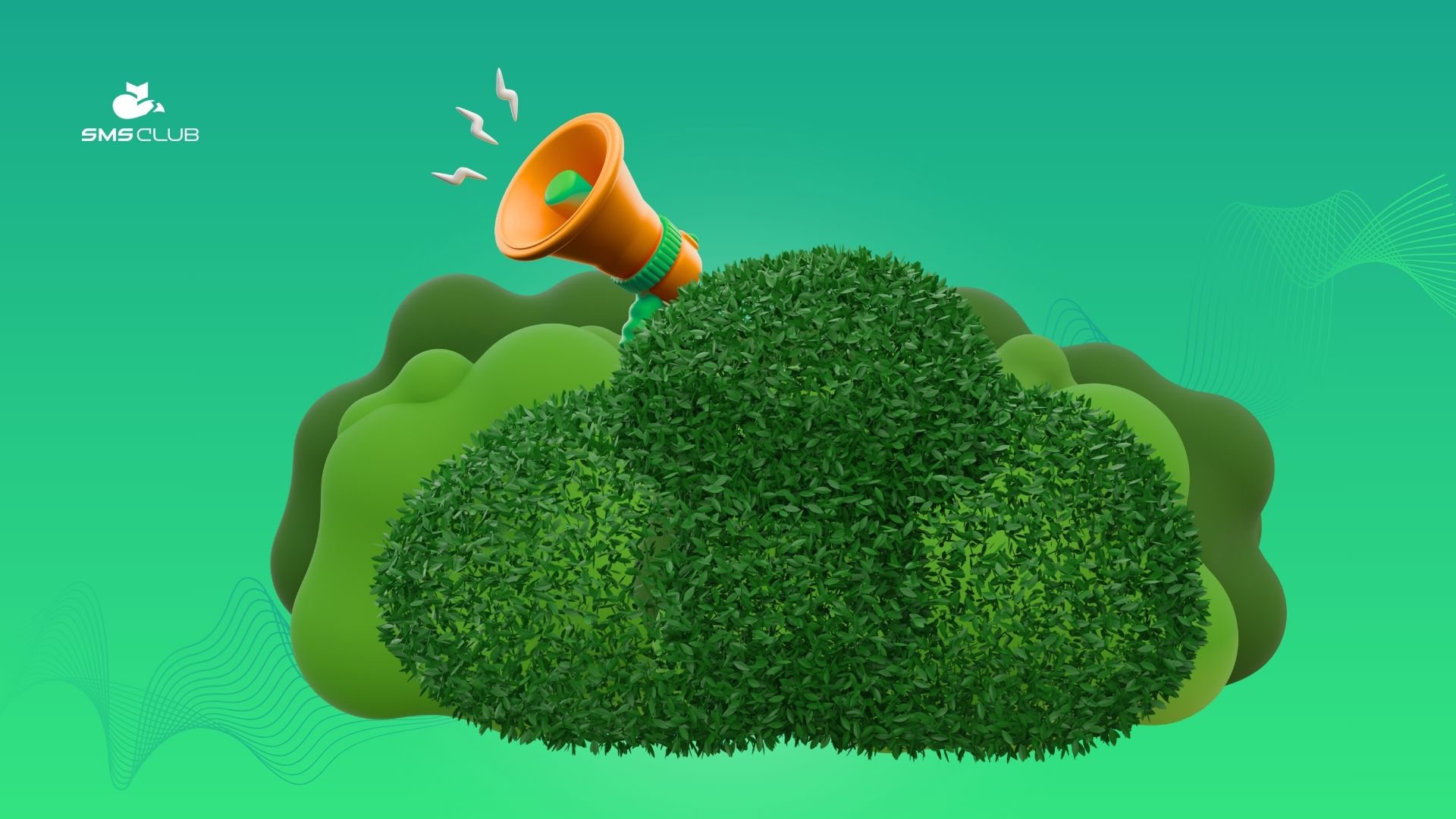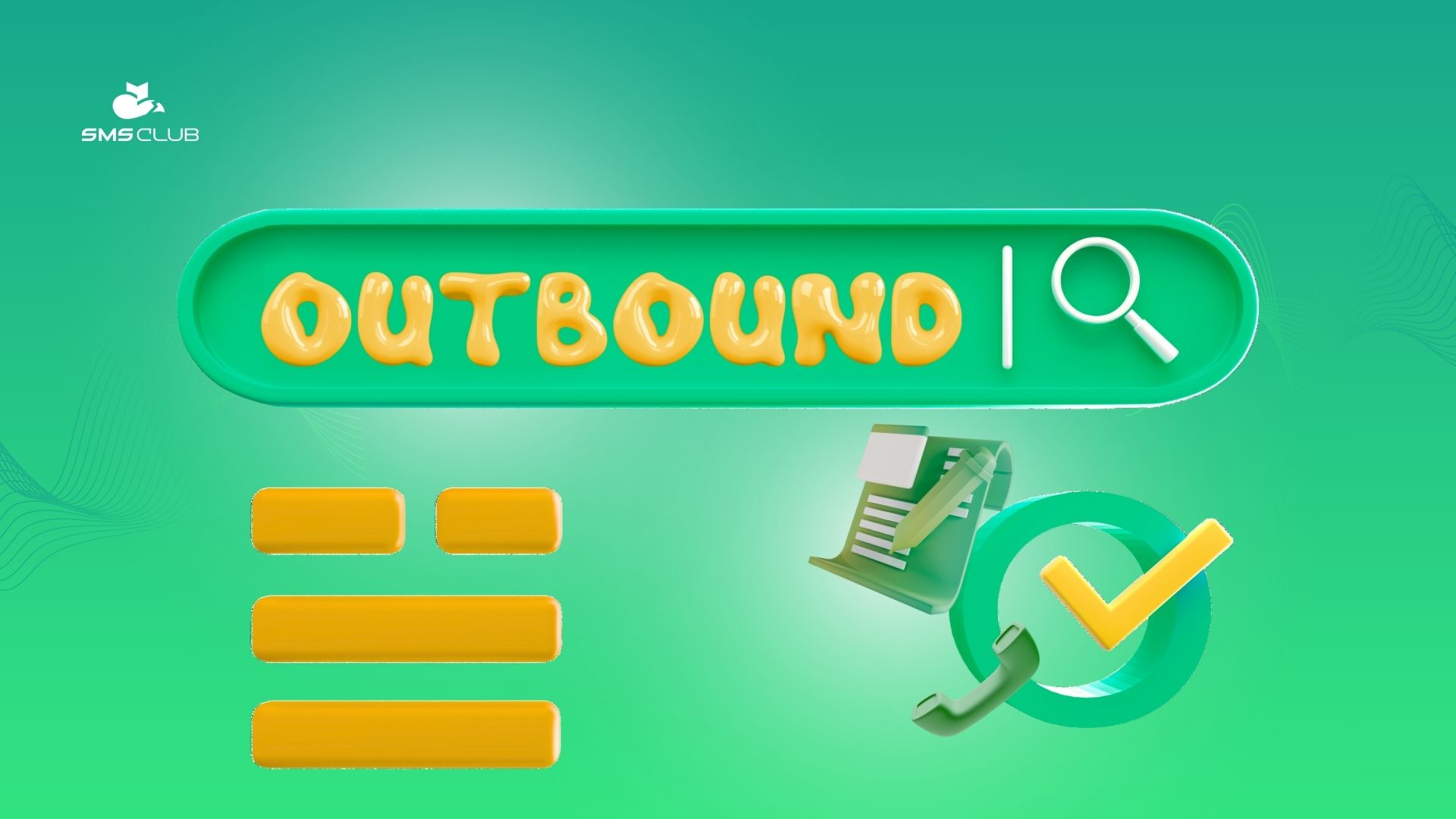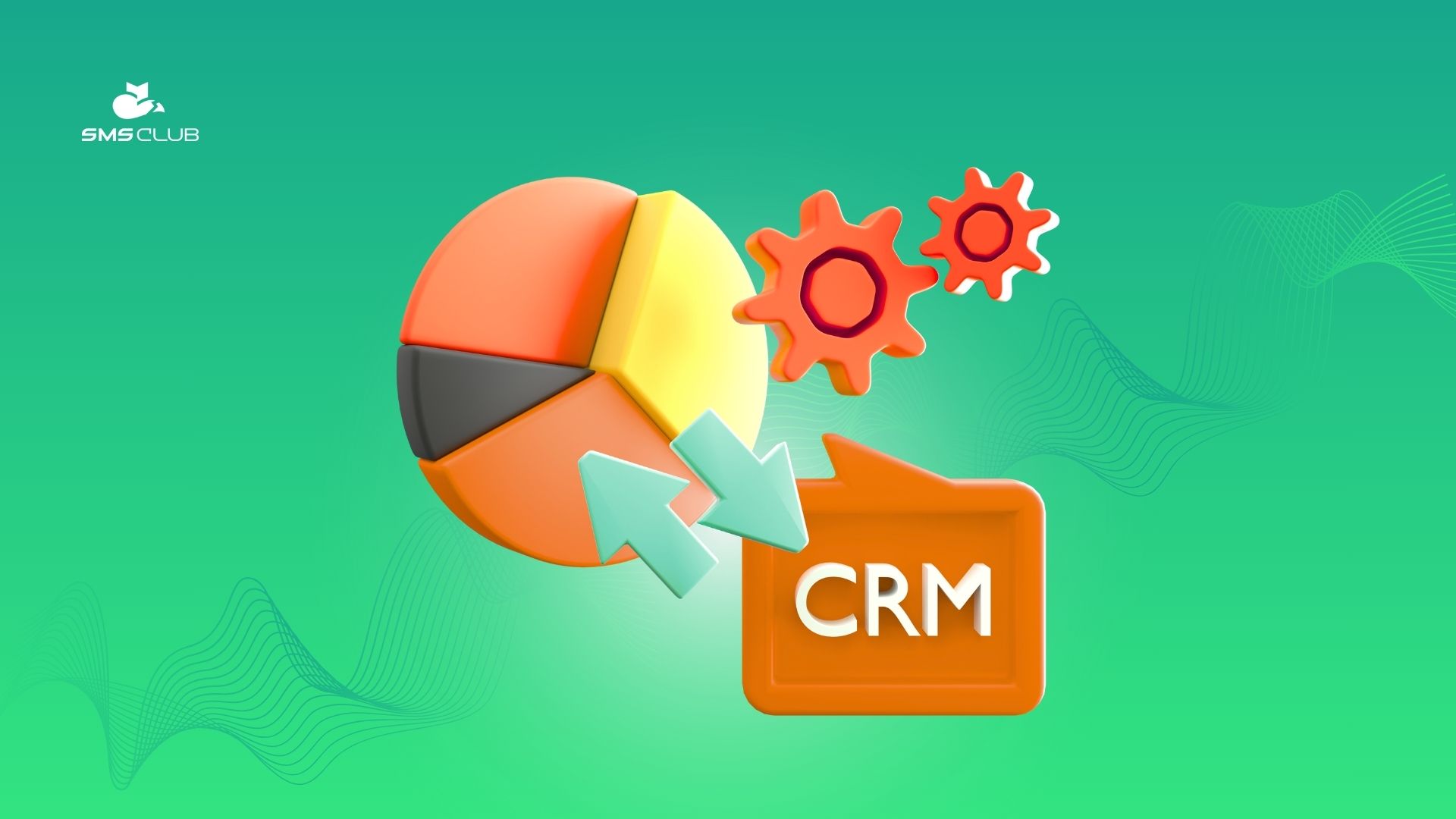NLP in Advertising: Techniques and Examples
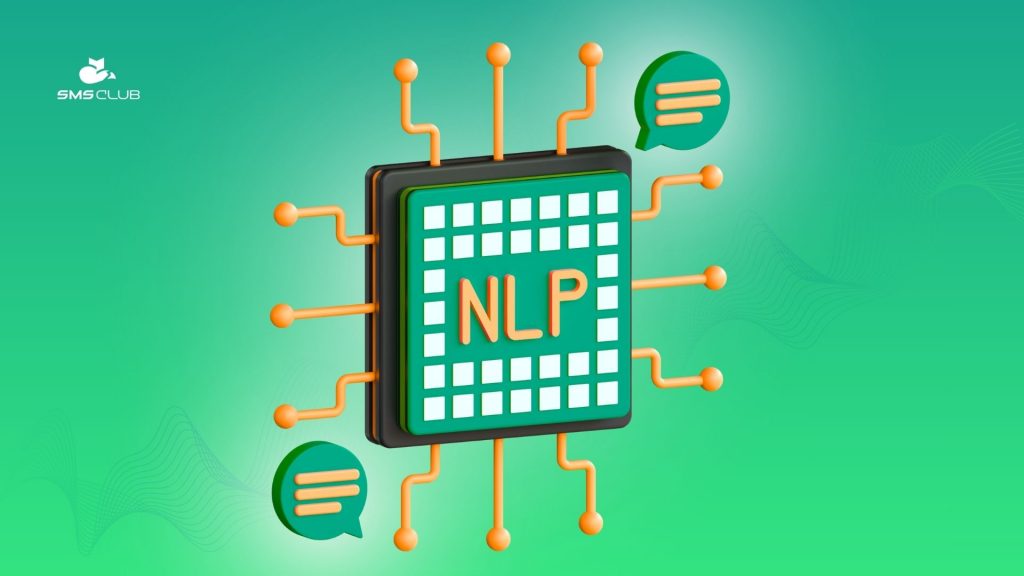
Contents:
Contents:
You’ve probably heard of neuro-linguistic programming, but what exactly is NLP? Neuro-linguistic programming (NLP) is a set of psychological techniques that help influence people’s thoughts and behaviors and change their focus of imagination.
What kind of programming is this? It involves language and non-verbal signals — gestures, facial expressions, and voice tones. The core idea of NLP is the close connection between neurophysiology and language features, which directly affect people’s actions.
The History of NLP Methods
The concept originated in sunny California, in the city of Santa Cruz. There, at the local branch of the University of California, Richard Bandler studied mathematics. The second founder of NLP, John Grinder, studied linguistics there as well. The scientists were fascinated by the works of famous psychiatrists, later decoding recordings of their sessions and finding recurring patterns.
This discovery led the scientists to believe that replicating the behavior of renowned therapists could yield similar results and lead to personal success. Together, they created their own discipline, focusing on attempts to replicate the behavior of people with exceptional abilities.
Just two years after this discovery, the scientists published their first book, “The Structure of Magic”. The book presented the linguistic methods of famous psychotherapists and described models that helped psychotherapists better understand their patients. This marked the birth of the NLP code, which focused on effective communication and the desire to help others.
Famous NLP Techniques
The most commonly used NLP techniques include:
- Modeling
- Anchoring
- Swish
Modeling is a simplified description of a complex system that informatively conveys the characteristic properties of the system. Modeling is the foundation of NLP since programming began with modeling behavior and copying the patterns of famous therapists. Modeling is effective if it can be taught to another person and yield successful results.
Anchoring is based on conditioned reflexes. Everyone knows about Pavlov’s experiments with dogs, where they turned on a light each time the dogs were fed. Eventually, the dogs began to salivate at the light alone, even without food. In NLP, a conditioned reflex is called an anchor, and it can be set for oneself or another person. Anchoring can be positive or negative, and the signals for anchoring are marked as auditory, visual, or kinesthetic.
Anchoring often occurs unconsciously. For example, during a moment of strong shock, we remember a strong smell present at the time. The next time we encounter that smell, we immediately recall the unpleasant moments. Similarly, an anchor can be set for joyful emotions. When a person feels a strong surge of energy and joy, they should smell their favorite perfume or flowers so that the next contact with that scent evokes similar emotions.

The Swish Technique is used to change habitual behavior. The key task of this technique is to replace an inappropriate reaction with a normal one. This technique particularly relies on images. For example, if a person wants to quit smoking, they should imagine a hand holding a cigarette and someone coughing. The next image should be of a person jogging and enjoying fresh air. Every time the urge to smoke arises, they should visualize the positive image.
NLP Techniques and Examples in Advertising
For instance, the legendary Snickers bar advertisement uses a technique known as “gypsy hypnosis”, where a person who has answered “yes” to three questions is likely to answer “yes” to the fourth as well.
One favorite technique of marketers is manipulation in advertising, such as manipulating values. A striking example is the advertisement for Kinder sweets. What mother would refuse to buy delicious sweets for her child? No one remembers the excessive sugar content at the moment of purchase.

Consider the creative advertisement for “Karpaty Spring Water”, which creates a visual trigger for youth and strength. The next time a consumer stands before a refrigerator display, they are likely to choose this water because the anchor will work.

Another vivid and positive example of anchoring with positive symbols is “Sadochek” juice.
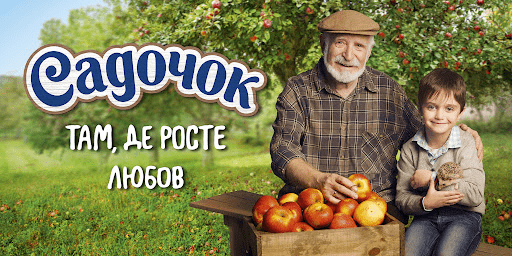
Another popular NLP technique in advertising is truisms, or common truths. These include banal statements like “Often, good things cost a lot.” People are caught by trigger words like “only”, “just”, “simply”.
Using NLP in SMS
NLP techniques can also be used in SMS marketing. The text for such messages should be composed to evoke pleasant associations or anchors in clients. For example, SMS messages for gym clients can emphasize health and a toned body, even 30 years from now.
Complex Equivalents — in the text of the message, it is worth stating the specific benefits the client will receive, such as free delivery within the city or attractive discounts.



